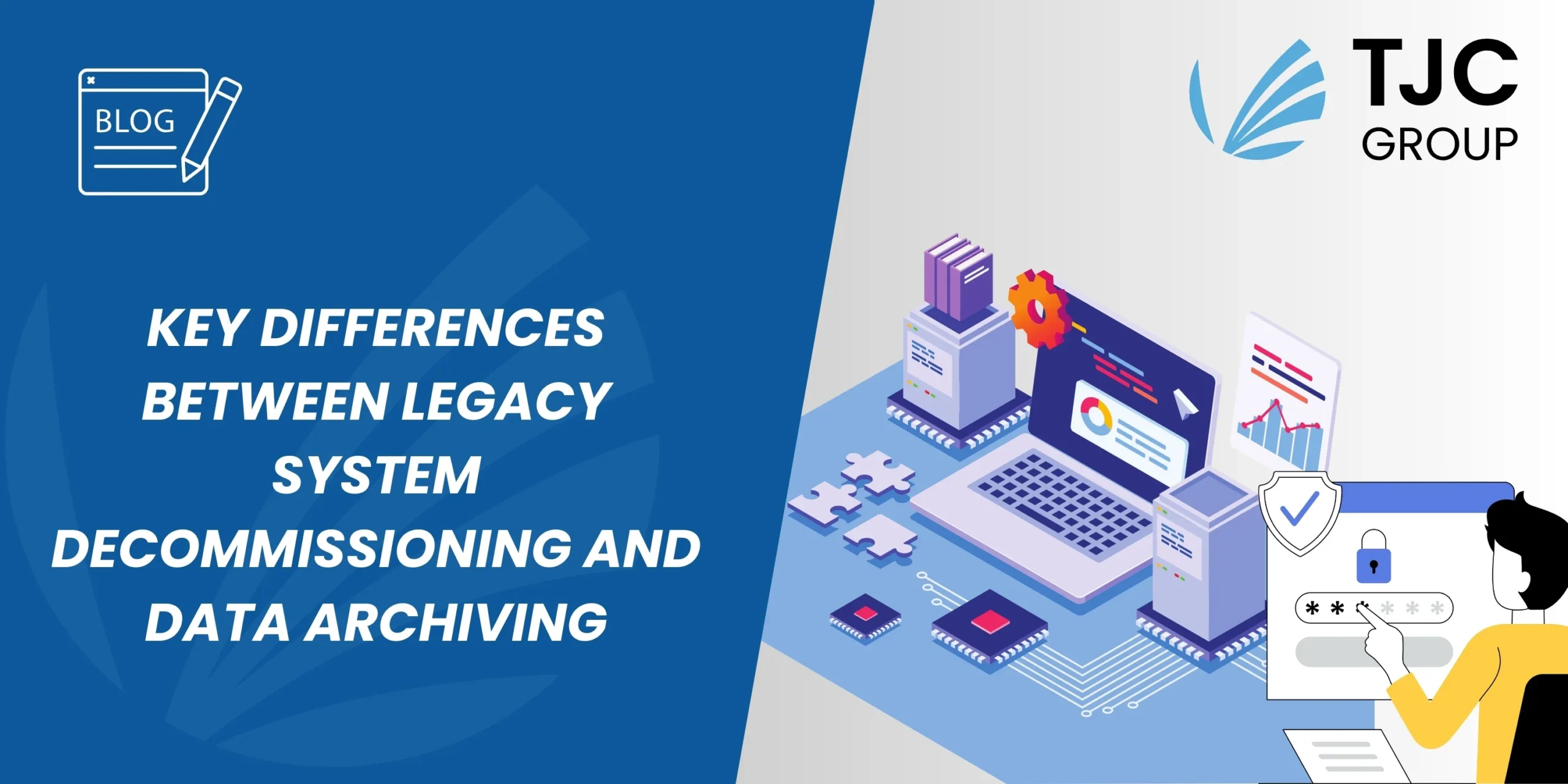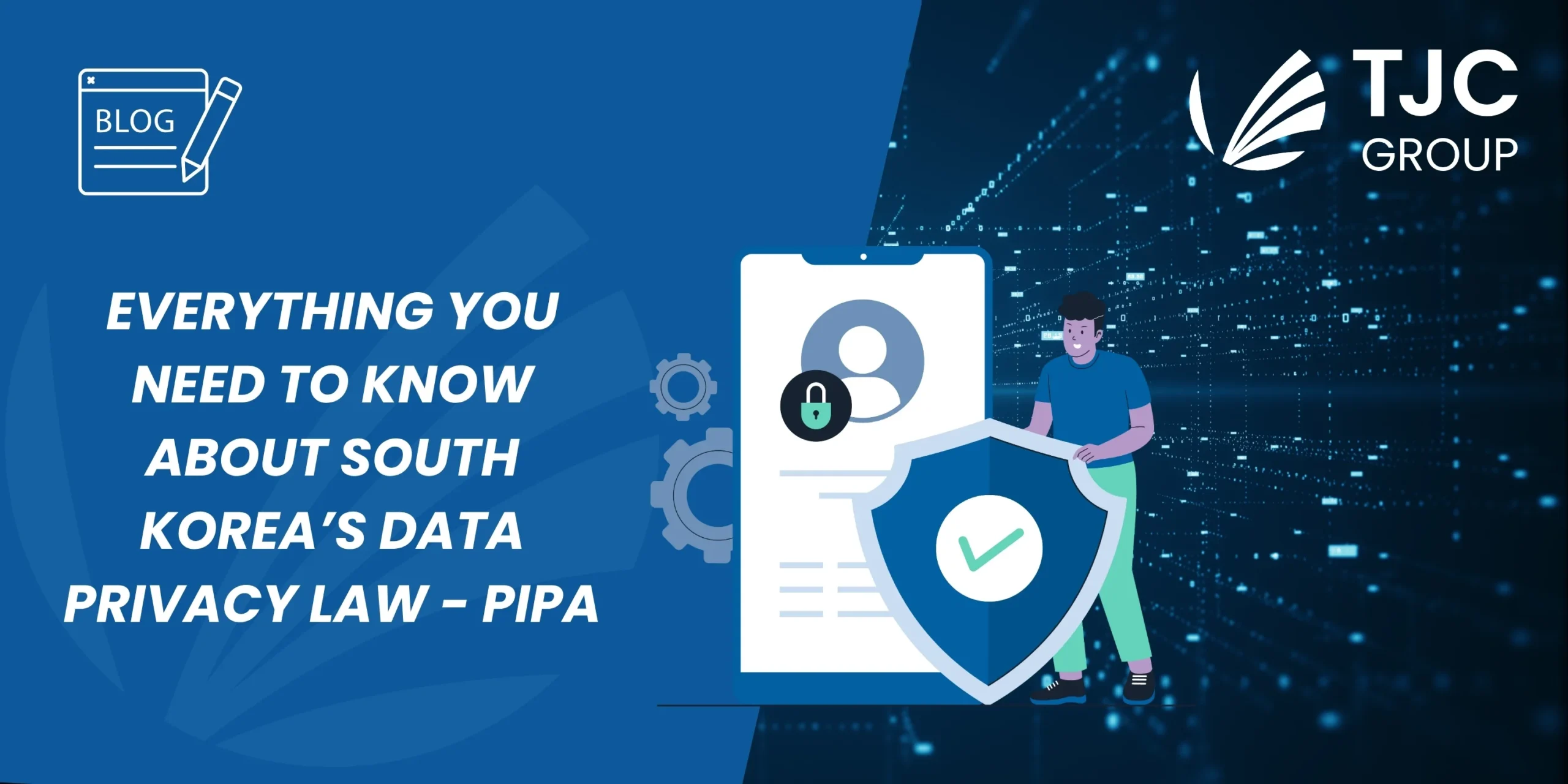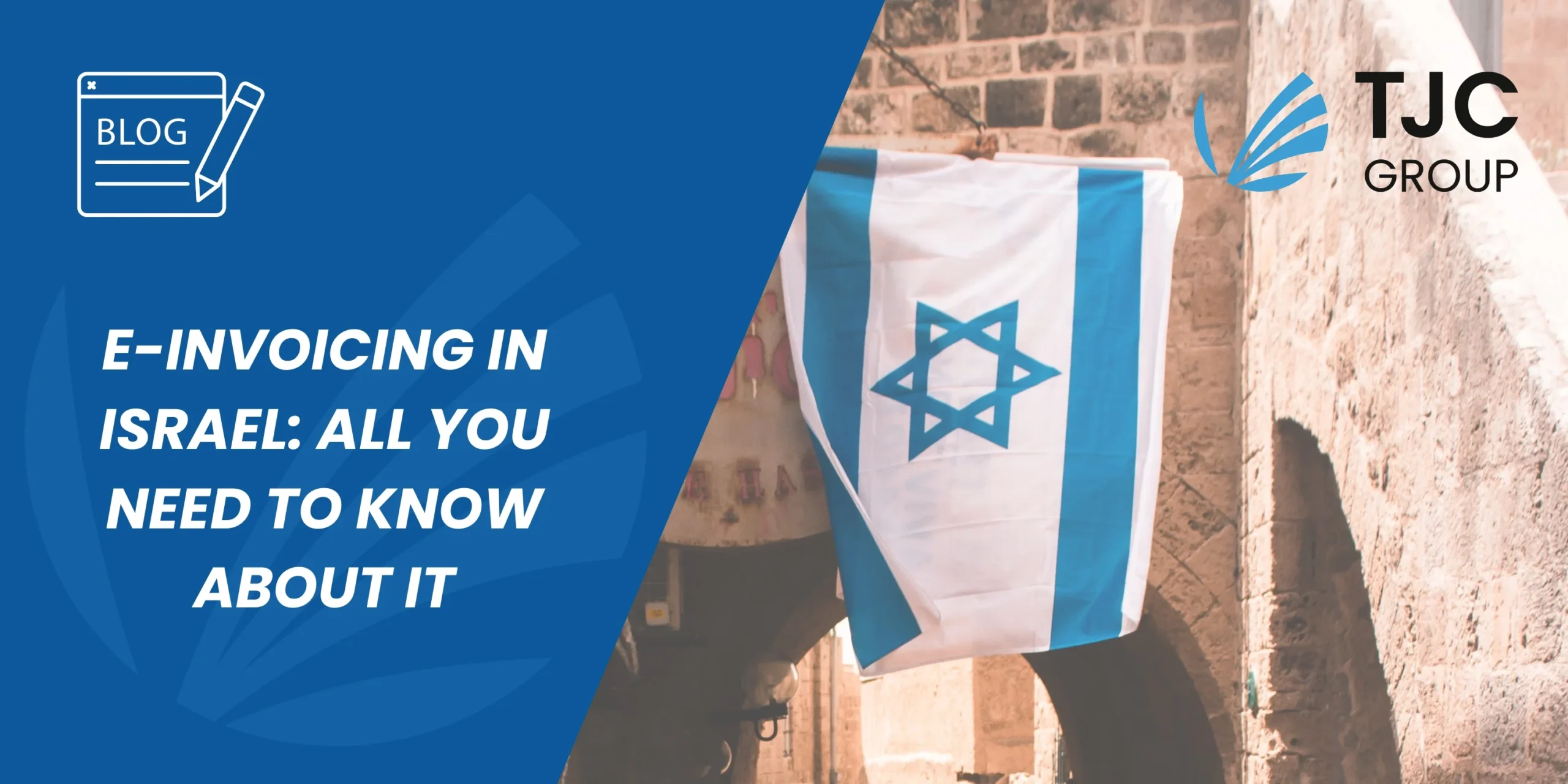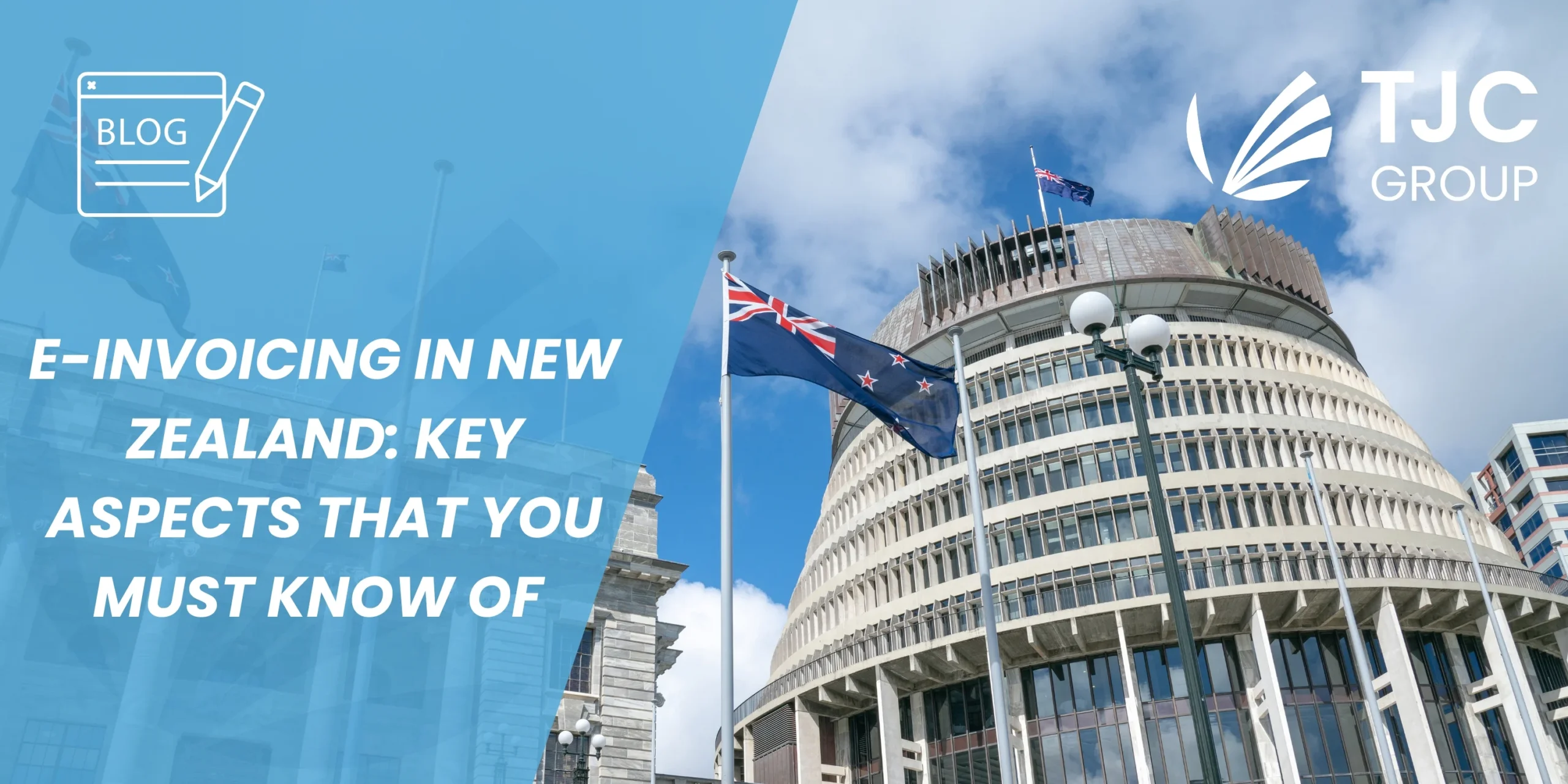Author: Priyasha Purkayastha, Global Content Manager, TJC Group | Co-author: Patchanok Kluabkaew, B2G Lead, TJC Group
E-invoicing in 2025 is unstoppable; several countries are making it mandatory for organisations to implement the solution. Rightfully so, e-invoicing in France is also amping up its process, with the summer of 2025 marking some important milestones. Here is a quick glance at it. Read on!
Table of contents
Introduction
Call it the effect of e-invoicing benefits or the global momentum that it gained, but the mandatory implementation of electronic invoicing and reporting has exponentially increased in 2025; in fact, it is expected to grow even more in the coming years. E-invoicing offers several advantages both to organisations and governments, starting with a reduction in errors, faster processing of the documents, reduction in tax fraud, and much more. Therefore, it is evident that countries will adopt the solution for their invoicing needs.
While e-invoicing in France is not a new concept, the country rolled out the phased implementation of the solution for B2B transactions around 15 months ago. What’s interesting here is that ever since October 2024, the tax authorities and businesses alike in France are prepping towards readiness, including PPF testing, technical documentation, and much more. The following are the updates that you must be aware of.
Public invoicing portal: The technical backbone
One of the key updates for electronic invoicing in France is that the Public Invoicing Portal, or the PPF, has been confirmed as the sole channel for reporting to the French tax authorities (DGFiP). However, this will be accepted only through certified platforms like the Partner Dematerialisation Platforms (PDPs). Keep in mind that the PPF portal will not accept any direct submissions from businesses.
Additionally, this e-invoicing in 2025 portal, PPF, will serve as the host of the central directory for all the recipient resolutions of e-invoices. The platform uses SIREN, SIRET, or routing codes that direct the electronic invoices to the correct recipient. In fact, this creates a shared infrastructure that helps with consistent addressing across platforms.
PEPPOL adoption on the rise for improved interoperability
For a more streamlined e-invoicing in France, the authorities validated the use of PEPPOL as a standard channel for communication between platforms. The use of a standard communication channel helps reduce the complexity of bilateral integration between PDPs. As a matter of fact, a significant number of PDPs prioritise PEPPOL for streamlining onboarding, focusing on information lifecycle tracking and support, and improving the quality of data. That said, for organisations looking for point-to-point connections between PDPs, it can still be possible; however, the PEPPOL framework is a preferred alternative now.
PDP-PPF testing is progressing with varying timelines
With global e-invoicing and reporting progressing, countries are on the go for more advancements to make the process smoother. As a matter of fact, approximately 90+PDPs are in testing mode for technical connectivity with PPF, mainly for the message and directory routing functionalities. While the testing has been in place since March 2025, a few PDPs are said to have received complete access to the directory in late June; by October 2025, they are expected to receive access for businesses. That being said, keep in mind that the dates aren’t fixed but rather directional, i.e., adjustments are a possibility. However, changes to the September 2026 go-live are highly unlikely.
Technical specifications and standards
Businesses adapting global e-invoicing and reporting in France will now have access to the key documentation, like technical specifications, with the following sets being significantly relevant –
External specifications of PPF
The external specifications of PPF help define how PDPs connect to the public invoicing portal while managing reporting and directory functionalities. The external specifications for e-invoicing in France were updated in December 2024.
AFNOR XP Z12 standards
AFNOR released new versions of standards for the mandate related to the upcoming B2B e-invoicing in 2025 in France:
- XP Z12-012 defines the formats of e-invoices and lifecycle statuses
- XP Z12-014 defines the common B2B invoicing use cases that help businesses understand the real-world impacts.
Additionally, there is also XP Z12-013 that defines the various APIs, which are used for interactions between the PPF, ERPs, and PDPs.
These technical specifications and standards help guide the changes in the formats, integration planning, and ERPs. Moreover, these are important for the IT and finance teams to prepare the organisation for compliance and regulatory changes.
Read our latest blog and stay updated with the latest developments of e-invoicing in Belgium:
Upcoming updates for e-invoicing in France
Global e-invoicing and reporting will continue to grow exponentially in the coming years, and the mandates in the countries will also evolve simultaneously. Naturally, businesses operating in France can expect some more updates in the coming months –
- Expect revisions to the AFNOR XP Z12 standards.
- Businesses can expect a new version of the PPF external specification.
- Introduction of a new annexe or standard dedicated to e-reporting use cases.
- Broader access to the complete central directory for all PDPs.
- Release of load testing results for the e-reporting hub.
- Final regulatory texts expected to be published by the end of the year.
Although the core framework is largely established, these upcoming milestones will help refine the operational setup in preparation for production testing slated for early 2026 for e-invoicing in France.
Key takeaways
- All e-invoices must be reported to the French tax authority through the Public Invoicing Portal (PPF), but only via certified PDPs.
- Businesses cannot submit invoices directly to the PPF.
- The PPF will manage invoice routing using SIREN, SIRET, or routing codes.
- PEPPOL is now widely used between PDPs to simplify communication and reduce integration efforts.
- Over 90 PDPs are testing their connection with the PPF; full business access to the directory is expected by October 2025.
- Key technical documents and standards, like the AFNOR XP Z12 series and updated PPF specifications, are now available to help with integration and compliance.
Meanwhile, for further information on global e-invoicing and reporting in 2025, you can get in touch with B2G experts at TJC Group. Contact us now!
